Tracing Back the Roots
Tarot cards bewitch with their mysterious aura and esoteric symbols, but their inception is not as arcane as one might suppose. The fascinating journey of tarot begins in the early 15th century Europe, where they were not associated with mysticism but were merely a card game. These games, similar to modern-day bridge, were played among the Italian nobility, and the deck was composed of four suits along with additional trump cards - a structure that hints at tarot's precursor, the playing card.
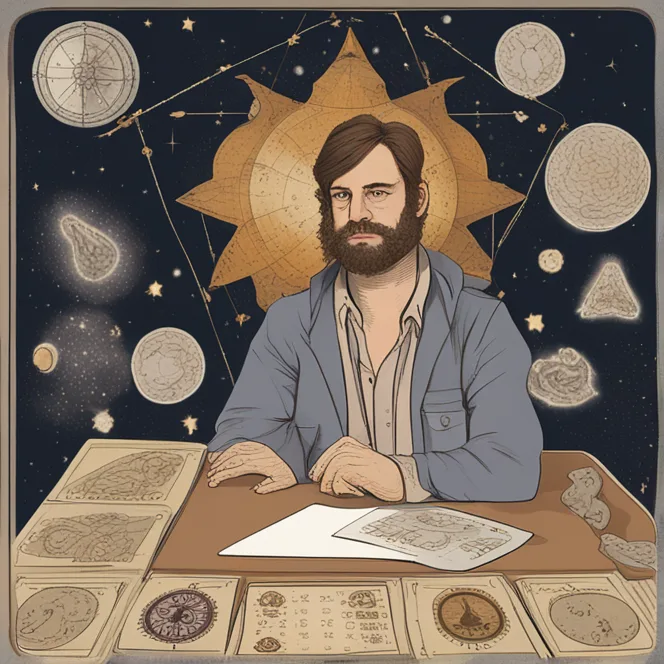
The Game Turns Mystical
It wasn’t until the 18th century that tarot cards transcended their playful origins and became tools of divination. This shift is largely credited to French and English occultists who espoused the belief that tarot cards held ancient wisdom from Egyptian mystics. This period marked the transformation of tarot from a medieval pastime into a divinatory practice, infusing it with symbols, astrological signs, kabala, and other mystical elements that continue to fascinate us to this day.
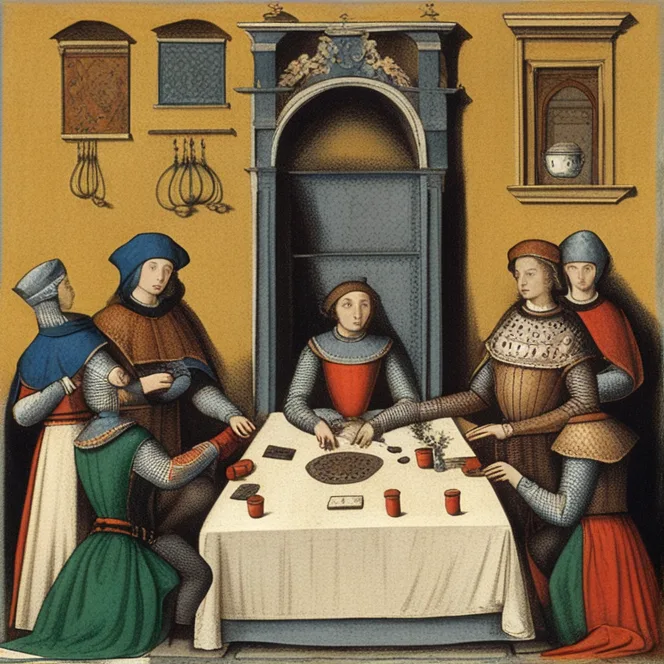
The Smith-Waite Deck: A Revolution
Pivotal to tarot's development into the iconographic cards we recognize today was the creation of the Rider-Waite-Smith deck in the early 20th century. Crafted by artist Pamela Colman Smith under the guidance of mystic A.E. Waite, this tarot deck was groundbreaking. It was the first tarot deck to include detailed pictorial images for all 78 cards, not just the major arcana, which made the cards more accessible for divinatory reading and solidified the connection between imagery and symbolic interpretation.
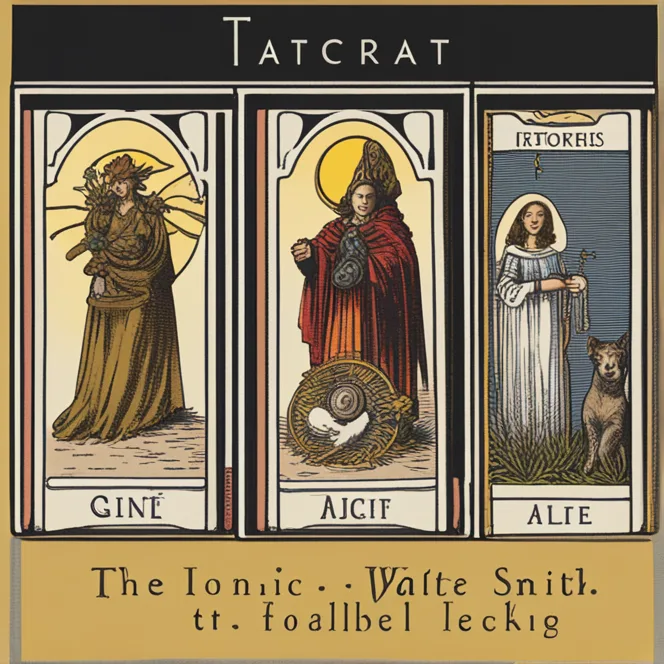
The Tarot's Continuing Evolution
Despite its acknowledged origins, the true inventor of tarot cards remains an enigma, wrapped in the folds of history. Nonetheless, the tarot's evolution over the centuries has been fueled by a blend of cultures, esoteric traditions, and scholarly interpretations. Today, different tarot decks observe a plethora of themes, artistic styles, and interpretations—proof of the tarot's adaptation to cultural shifts and the enduring human search for wisdom and guidance.
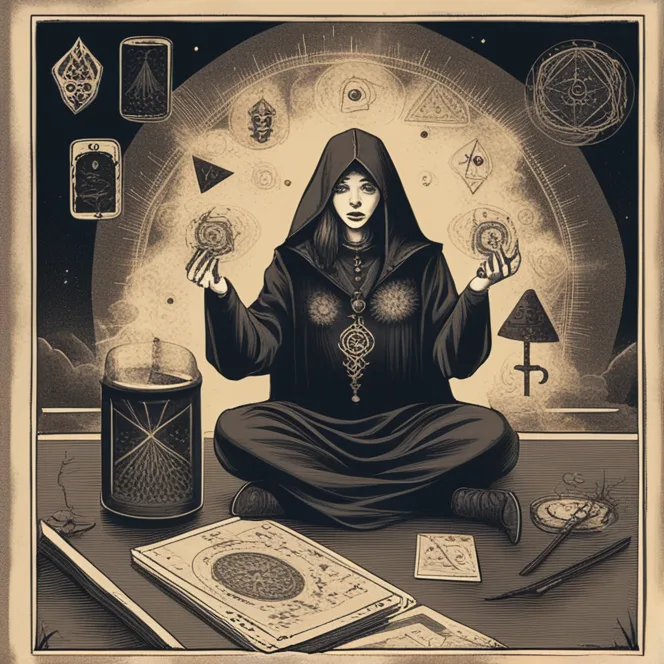
Tarot and Astrological Forecast
In the context of astrology and horoscopes, updated for the year 2024 and beyond, tarot cards are used to enhance personal insights. The allegorical and celestial connections in tarot symbology are aligned with modern astrological interpretations, providing an added layer of depth to forecast readings. Astrologers often integrate tarot in their practice, using the cards to visualize energetic patterns for clarity in lunar cycles, planetary alignments, and personal birth charts.
Published: 12/15/2023
Modified: 12/18/2023
More predictions
Come back here soon to learn more about yourself and your future

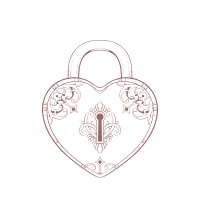
Deciphering The Symbolism Of Tarot Cards
A concise guide to the symbolism and interpretation of tarot cards for insight and divination.
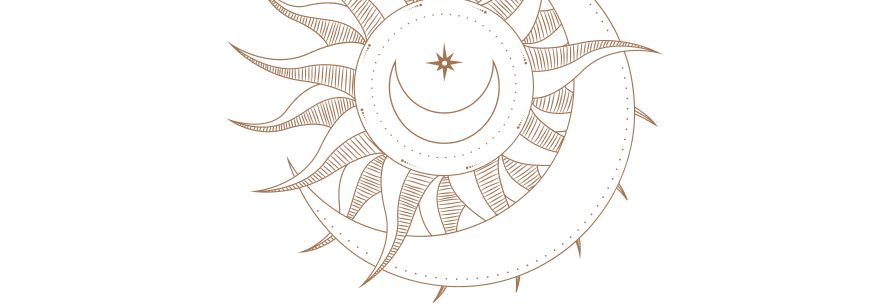
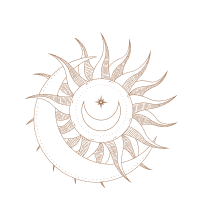
Tarot or Oracle: Which Cards Speak To You?
Discover the distinctions and unique features of tarot and oracle cards to enhance your divination practices.
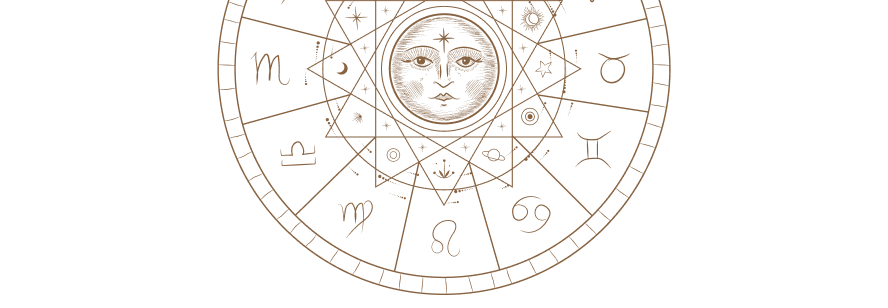
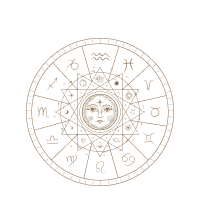
The Tarot Pentacles Suite
Delve into the rich symbolism of the Tarot's Pentacles suit and its implications for wealth, prosperity, and life lessons.